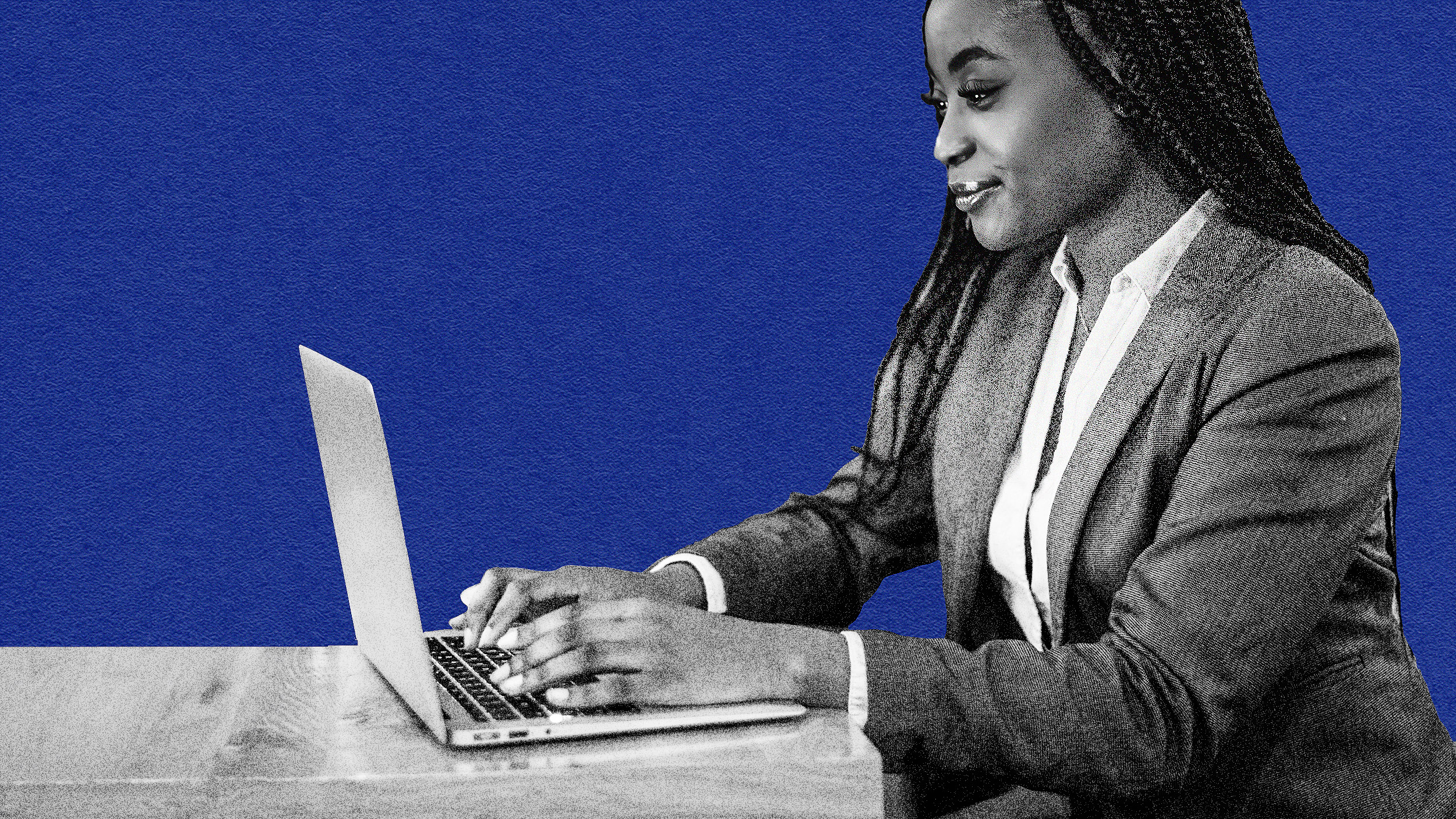5 Ways To Be More Productive

Solstice might just be my new favourite (non-)holiday. As the sun peaks its highest excursion relative to the celestial equator, we experience the longest day and the shortest night. This tends to lead us to venture out into the wilderness, stay up all night and watch the sunrise with friends. It can be a good time to take a step back, take stock and conduct some honest self assessment and try to figure out what’s working in our lives and what is not, well that’s what I found myself doing this weekend at least.
Chris Bailey, a business graduate student took a year to throw himself head first into the gargantuan literature on productivity and explore the methods he stumbled across with a little self experimentation. What Bailey’s come up with is pretty splendid. It is no randomised controlled trial, but that’s not the point. It is a habberdash mish mash of tips that overall seem to be broadly sensible. I’m certainly going to attempt to adopt a few myself, namely the ones I’ve selected to mention in this blog post. I’m not choosing these because they have the most evidence to back them up, just purely because they seem attractive to me. Bailey has a way with words and presents a beautiful account of his own experiences. It’s important to remember that some of what you are reading is based on Bailey’s self experimentation, which is qualitatively interesting, but we can’t generalise Bailey’s experience to our own. There are certainly many statements I’d like to see better referenced and a few comments I’m a little skeptical about. Bailey’s self experiments overall though, are humorous, refreshingly concise, interesting and expertly worded, which makes for a delightful read – even if they are more than a little unscientific. A couple of my favorites were: “living in total reclusion for ten days“, “working 90 hour weeks” and “taking three hour afternoon siestas” (spoiler – none of these proved all too effective). I also appreciated Bailey’s honesty, when he’s not sure of the evidence or he tried something that didn’t work for him, he lets us know.
For a quick introduction to Bailey’s project, check out his top ten lessons and if that whets your appetite check out his top 100 tips. Many of these tips are fairly predictable, so I’ve selected a few personal favourites that I’m going to experiment with myself.
1. My favourite tip is incidentally the top tip in Bailey’s list of top 100 tips. As an eternal procrastinator, this is definitely something I’m going to have a play around with:
Schedule less time for important tasks. This seems counterintuitive, but it isn’t in practice. When you limit how much time you give yourself to work on important tasks, you force yourself to expend more energy over less time so you can get the tasks done faster.
2. We all waste an inordinate amount of time checking and responding to email. I’ve got a bad habit of wasting more time than I should ensuring my emails come across as well worded and polite. If everyone knows that we are responding with brief, straight to the point answers, then (with any luck) no one will take it personally.
Keep all of your emails five sentences or less, and make a note of it in your signature. Using this hack I’ve blown through my inbox like crazy, and most people don’t mind when you keep your emails short and to the point.
3. I tend to do this already with a “delegated tasks” list that is separate from my to-do list and I’ve found it so helpful that I thought I’d throw this one in here:
Keep a list of everything you’re waiting on, to make sure nothing slips through the cracks, and so you can worry a lot less about the people and things you need to stay on top of.
4. This one might be personal, but nothing helps me work more effectively than a clear desk:
“Clear to neutral.” Whenever you finish an activity, clean up to reduce the friction to starting it the next time. E.g. clean the kitchen when you finish cooking, or set aside your running gear for your run tomorrow morning.
5. I love this one, I tend to do chores in short bursts as a form of procrastination, where relaxing could be a more useful way to break between difficult tasks. This method looks like a far more effective use of time:
Create a “mindless list.” Accumulate a list of the mindless activities you do (laundry, cleaning, etc.), and do them all at once while listening to something productive (an audiobook, TED talk, etc.).
Head over to Bailey’s productivity blog for more from where this came from.
To keep up to date with this blog you can follow Neurobonkers on Twitter, Facebook, RSS or join the mailing list. Image Credit: Shutterstock





